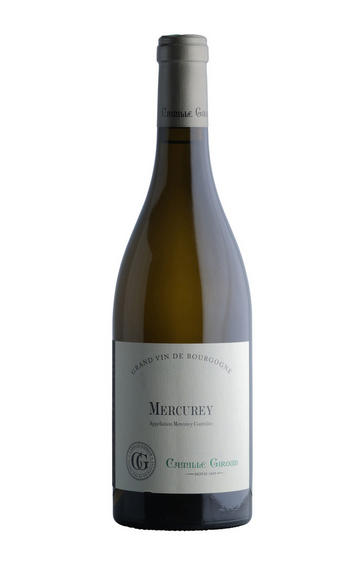
2021 Mercurey, Blanc, Camille Giroud, Burgundy
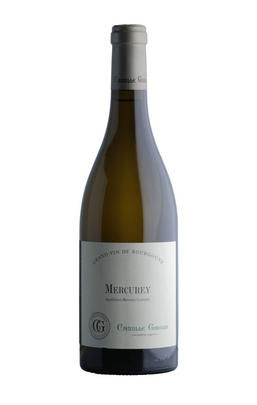
Critics reviews
Jasper Morris, Inside Burgundy (January 2023)
About this WINE
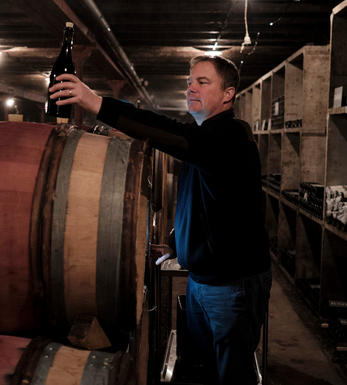
Maison Camille Giroud
Established in 1865, Maison Camille Giroud has a rich heritage rooted in Burgundy’s winemaking tradition. Initially a specialist négociant, they sourced wines from esteemed growers across the renowned Côte d’Or region, ageing them meticulously in their cellars for decades to achieve peak maturity.
In 2001, a consortium, including Napa Valley winery owner Ann Colgin and wine investors, took over, aiming to blend tradition with modern techniques and a terroir-driven approach. This led to innovations, like wooden presses and open vats, under the dynamic winemaker David Croix.
Most wines continued to be crafted from carefully selected grapes, many from old vines. Their commitment to natural winemaking practices, including native yeast fermentation and minimal intervention, set them apart.
In 2016, Carel Voorhuis continued the legacy of crafting pure, terroir-driven wines, maintaining Maison Camille Giroud’s reputation for excellence in Burgundy.
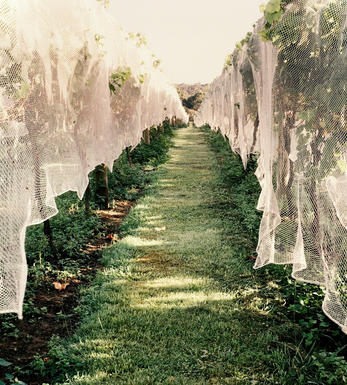
Mercurey
Mercurey is the largest appellation of the Côte Chalonnaise region, and produces both red and white wine, although red does tend to dominate with almost 80% production coming from Pinot Noir grapes. The remaining white wine is made predominantly from Chardonnay.
Named after the Roman messenger deity of trade, the appellation is generally regarded as the most widely recognised of the five villages, indeed for a while the Côte Chalonnaise was referred to as the ‘Région de Mercurey,’ and it has the largest production by far: over half of all wine from the Côte Chalonnaise is from Mercurey.
No Grand Cru vineyards lie within the Côte Chalonnaise, however Mercurey produces wine from 32 Premier Cru vineyards, accounting for over a fifth of its vine-growing land. Mercurey reds are generally regarded as strong, full-bodied and exhibiting notes of red fruits such as cherries, or violets, and are very well-suited to red meats such as beef, or stews. The rarer whites on the other hand are known for their minerality, and hints of slate and apple.
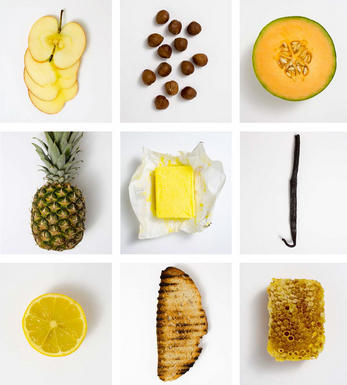
Chardonnay
Chardonnay is often seen as the king of white wine grapes and one of the most widely planted in the world It is suited to a wide variety of soils, though it excels in soils with a high limestone content as found in Champagne, Chablis, and the Côte D`Or.
Burgundy is Chardonnay's spiritual home and the best White Burgundies are dry, rich, honeyed wines with marvellous poise, elegance and balance. They are unquestionably the finest dry white wines in the world. Chardonnay plays a crucial role in the Champagne blend, providing structure and finesse, and is the sole grape in Blanc de Blancs.
It is quantitatively important in California and Australia, is widely planted in Chile and South Africa, and is the second most widely planted grape in New Zealand. In warm climates Chardonnay has a tendency to develop very high sugar levels during the final stages of ripening and this can occur at the expense of acidity. Late picking is a common problem and can result in blowsy and flabby wines that lack structure and definition.
Recently in the New World, we have seen a move towards more elegant, better- balanced and less oak-driven Chardonnays, and this is to be welcomed.


Buying options
Add to wishlist
Description
This comes from the Les Mussiaux lieu-dit, on the plateau above Saint-Martin-sous-Montaigu and on limestone. The altitude makes this one of the last sites to be harvested, even after the reds, and there was less frost in 2021 as well. This has lots of chalky freshness and an engaging straight-forwardness. Drink 2023-2029
wine at a glance
Delivery and quality guarantee